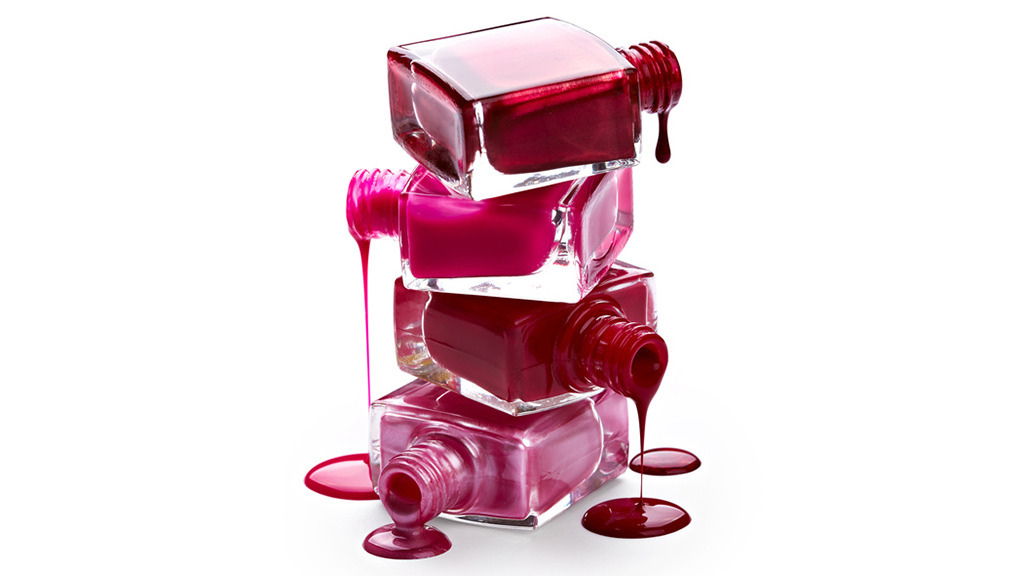Abstract
This case study examines the chemistry of nail polish. Traditional nail polish is made from nitrocellulose whereas the new process of shellac manicure involves acrylic polymer. The "polish" is actually a mixture of methylmethacrylate and oligomers. The mixture is applied to the nail and exposed to UV light to "cure" the polish. The process is a free radical polymerization of methyl methacrylate using benzoyl peroxide as the free radical initiator, which is activated by UV light. The case provides an example of the central role that organic chemistry plays in many of the consumer products that students encounter on a daily basis, how these consumer products are derived, and how their chemical and physical properties lend them to specific applications. Originally developed for an organic chemistry survey course for non-chemistry majors, the case could also be used in a general/organic/ biochemistry survey type of course or modified for use in the first or second semester of a two semester organic chemistry sequence.



